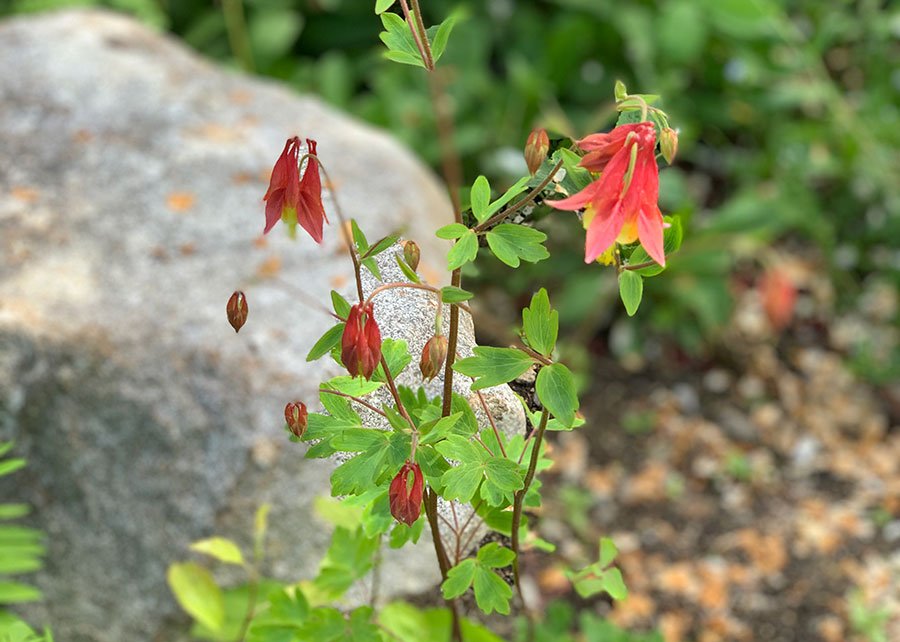Hydrangea arborescens
A popular shrub with enormous white balls of bloom. Plants may die to the ground in harsh winters. Bloom occurs on new wood, so plants may be pruned back close to the ground in late winter to revitalize and to encourage vigorous stem growth and best form. If not pruned back, any weakened and/or damaged stems should be removed in early spring.
Digitalis purpurea 'Camelot Mix'
Although Foxglove is considered a biennial plant, blooming in its second year, “Camelot” is planted as an annual because it is one of a few foxglove cultivars that will reliably bloom in its first year. Digitalis is a medicinal plant containing a heart stimulant, but all plant parts are toxic to humans, cattle and horses. Deer and rabbit resistant.
Astilbe chinensis var. taquetii 'Superba'
‘Astilbe Superba' is a bold, very tall accent plant which features a dark green foliage mound to 24” tall and above which bloom large, dense panicles of rose-purple flowers on hairy stems. It is a slow spreader, can grow in heavy shade, and can tolerate deer and rabbits.
Aquilegia canadensis
This native wildflower in the buttercup family (Ranunculaceae) occurs naturally in open woodlands, clearings, and rocky slopes. It looks pretty in a naturalized area or in a flower bed.




